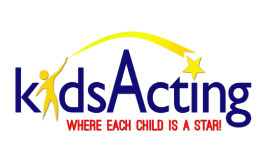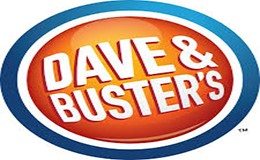Why do people who don’t have a child “in” special education need to know about special education? First things first: there is no such thing as being “in” special education, because special education is a service, not a place. In days past, children with disabilities were tucked away in a room labeled “Sp.Ed.” or placed in alternative settings. Other students may have never come in contact with this group of peers.
Fortunately today, it would be hard to find a non-disabled child in public school that does not spend part of his or her day interacting and learning with a child who has a disability. It is a good idea for everyone to know at least the basic facts about special education, so we can answer questions our children may ask, provide support and understanding to families and be informed advocates for children in our community.
Staying legal
In 1975, school-aged children with disabilities were first legally guaranteed a “free and appropriate public education,” generally abbreviated FAPE. Over the years, Congress expanded the law to include pre-school children aged three to five. In 1990, the law was amended and re-named the Individuals with Disabilities Education Act, or IDEA. In order to receive federal education funds, states and school districts must meet the minimum requirements of IDEA. Note: While the name of the act is now the Individuals with Disabilities Education Improvement Act, the acronyms IDEIA and IDEA are used interchangeably.
Least restrictive environment
When we hear the word “restrictive,” we may think of physical restraint, but by definition, to restrict is to confine or keep within limits. In these terms, providing a Least Restrictive Environment, or LRE, pertains to a child’s educational placement. IDEA states that “to the maximum extent appropriate, school districts must educate students with disabilities in the regular classroom with appropriate aids and supports along with their nondisabled peers in the school they would attend if not disabled.”
Every intervention adds a level of restriction. For example, leaving reading class to go to the Resource Room is an increase in restriction, as is a child being pulled into the hallway to do catch-up work or sent to an Adaptive Physical Education class or speech therapy.
Unfortunately, it is not uncommon to find the backward thinking of putting a child in a self-contained classroom and allowing him to “earn” his way into general education. By law, all children should start with as little restriction as possible; more restrictive placement is considered only after all supports and aids have been exhausted. At that time, school officials and parents would need to agree and sign a legally binding document, the Individualized Education Program, or IEP.
The IEP
You have probably heard the term Individualized Education Program (IEP), but what exactly is it? Who writes it? Get ready for more acronyms. The Annual Review and Dismissal, or ARD, committee consists of parents, special educators, general educators and administrators. Together, they create a document that outlines the child’s current level of academic achievement, functional performance, annual goals and how they are measured, accommodations, modifications, adaptations and supplemental services, such as speech and occupational therapy. Placement is also written into the IEP, designating where the child will receive his or her educational services. This document is reviewed yearly.
What about behavior?
Certain disabilities, including those that involve impaired communication, may create difficulties that are manifested with less than desirable behaviors. If the behavior creates disturbances in learning, the child cannot simply be removed from the class; a process must be followed. Within the classroom, effective teachers have clear and consistent expectations and consequences for all students, including positive reinforcement for good behavior. Additional supports may be introduced when a child with a disability is still struggling with behavioral issues. If the problem persists, parents or school personnel may request a Functional Behavior Assessment, or FBA.
The FBA includes data collection that helps determine the motivation for a child’s behavior. Patterns that were previously overlooked may be discovered. The ARD committee may meet to develop a Behavior Intervention Plan, or BIP, to teach and reinforce appropriate alternatives to the behavior. If all goes as planned, the student may not need to be placed in a more restrictive environment.
There does not need to be a mystery surrounding the world of special education. Most policies and procedures stem from basic laws and policies meant to give all children access to a free and appropriate education in the least restrictive environment possible. For more information, visit the Texas Parent Resource Network at http://www.partnerstx.org or Wrights Law at http://www.wrightslaw.com.
_______________
Jennifer VanBuren is an educator and mother of three children who are all “exceptional” in their own special ways.













